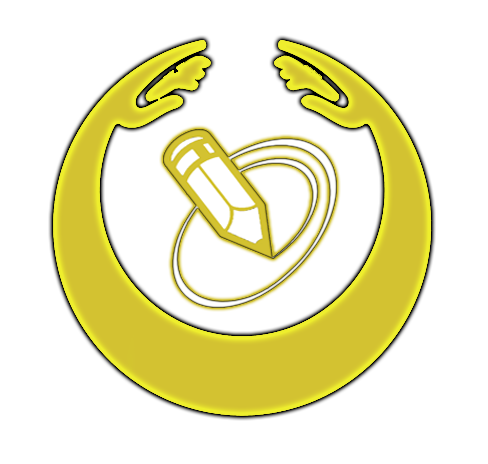4 Tips for Navigating Open Enrollment for Insurance
When shopping for a plan, start with
the basics of what you’re looking for and what you’re willing to pay for, says
Michael McMillan,Executive Director of Market and Network Services at Cleveland
Clinic. Then make your selection carefully so you get what you’re paying for,
he adds.
To help you navigate enrollment —
either on health insurance exchanges or elsewhere — McMillan offers the
following helpful tips:
1.
Know what services are covered under a selected plan
Start by reviewing what each
particular plan offers. For example, what does the network of care providers
look like? What services are most important to you based on your particular
health needs or conditions, and are they available within a plan’s coverage?
“This will be a period of great change,
and consumers will have a lot of options they haven’t had before on the
exchanges,” McMillan says. “It’s important to be clear on what’s available and
what isn’t.”
2.
Make sure your providers are part of the network
When choosing plans, this is a major
factor. Look at any given plan to see if your doctors and hospitals you use
regularly are listed as network providers.
One evolving trend has been for health
plans to create narrow networks — smaller versions of their standard network
that help them achieve a lower price. The bottom line: Not all providers are
included in these limited networks, so it’s worth your effort to check first
and make sure your new plan includes the doctors and other practitioners you
see regularly, McMillan says.
3.
Know your out-of-pocket costs
These are costs associated with the
care received. They include things such as deductibles — the amount you pay
before coverage kicks in — as well as copays and coinsurance on services.
Out-of-pocket costs vary by the “metal” level of plan you choose on a health
insurance exchange. So, for example, you would pay 40 percent of costs of
coinsurance in a bronze plan, and 30 percent for silver.
In some high-deductible health plans,
the first several thousand dollars will be your responsibility, too. For your
personal budgeting and planning, it’s critical to know how much money you’ll
have to pull out of your pocket when you go to the doctor, to the hospital, to
the medical lab or for any other health service, McMillan notes.
4.
Understand how your monthly premium works
Premiums are the monthly payments you
make for your insurance coverage. Because the benefits for most plans, both on
and off the exchanges, have become standardized, it should be fairly easy to
make apples-to-apples comparisons among plans.
“You should be able to compare premium
amounts, how much you pay every month for the service,” McMillan advises.
However, your personal premiums may vary depending on your own circumstances —
including whether you’re single or married, a smoker or a nonsmoker, and other
factors.
2015 open enrollment for health
insurance exchanges starts Nov. 15, 2014 and lasts until Feb. 15, 2015. Open
enrollment periods for insurance plans outside of exchanges vary. No matter
which path you pursue, learn as much as possible about your plan options before
you buy, and you’ll end up with coverage that suits your needs as a result.



















These are some good tips on finding a good health insurance plan. It's important to do what you need to do to take care of your body. It's important to have the right healthcare plan to get the medical attention that you need.
ReplyDeletehttp://www.rconradconsulting.com